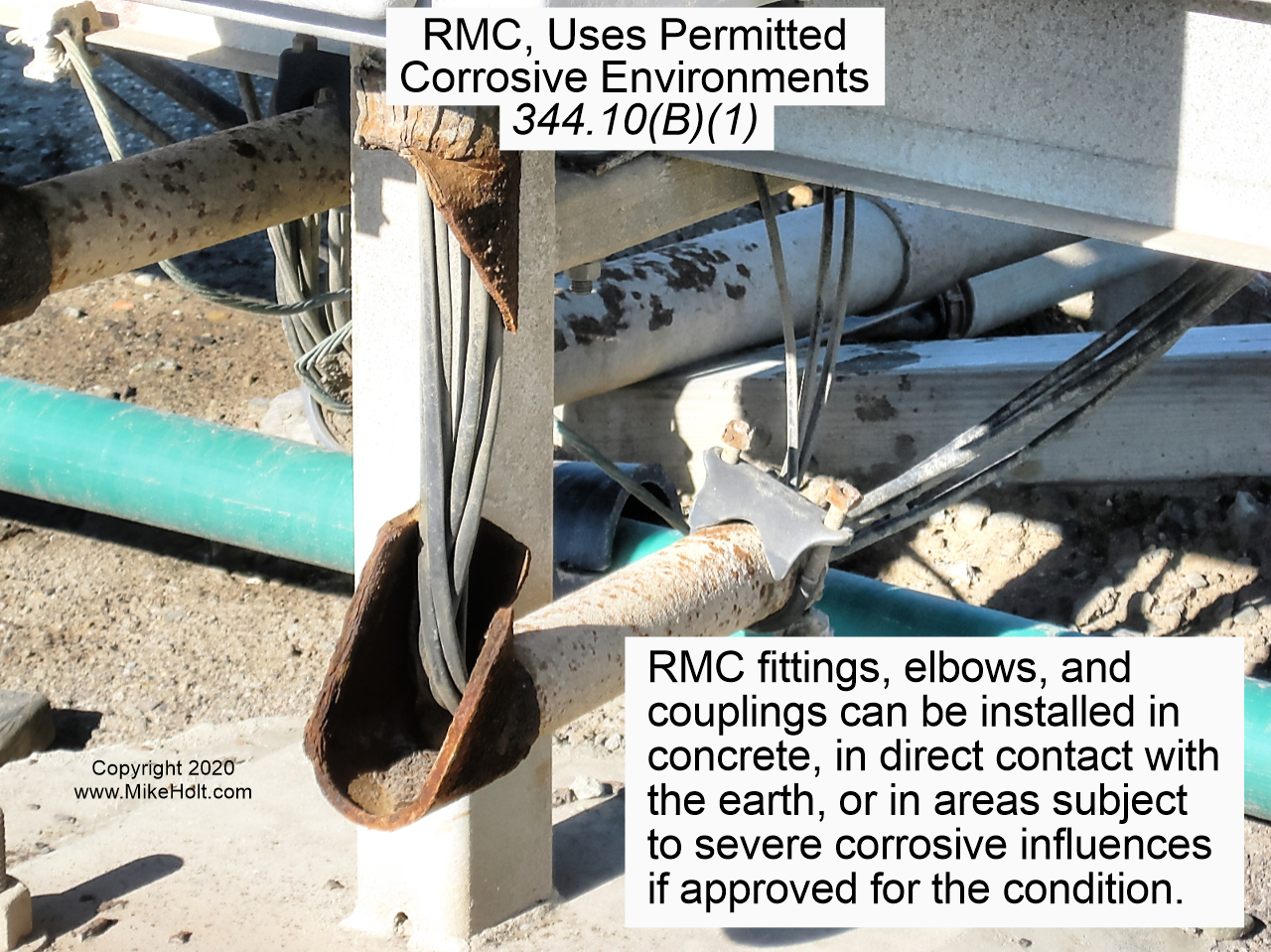|
For EC&M Magazine
By Mike Holt, NEC® Consultant
Here's the follow-up to yesterday's newsletter.
This includes the answers to the questions sent, so you can see how you did.


Figure 01
|
 |
|
Figure 01
|
For EC&M Magazine
By Mike Holt, NEC® Consultant
Here's the follow-up to yesterday's newsletter.
This includes the answers to the questions sent, so you can see how you did.

Note: The answers to these questions are based on the 2020 NEC.
Q1: Under what conditions can TC cable not be used and installed?
A1: 336.12 Uses Not Permitted
Type TC cables are not permitted:
(1) Where exposed to physical damage.
(2) Outside a raceway or cable tray system, except as permitted in 336.10(4), 336.10(7), 336.10(9), and 336.10(10).
(3) Exposed to the direct rays of the sun, unless identified as sunlight resistant.
Q2: How much can you bend TC cable?
A2: 336.24 Bending Radius
Bends in Type TC cable must be made so the cable will not be damaged. Type TC cable without metal shielding must have a minimum bending radius as follows:
(1) Four times the overall diameter for cables 1 in. or less in diameter.
(2) Five times the overall diameter for cables larger than 1 in. but not more than 2 in. in diameter.
Q3: What are the conditions RMC can be used and installed?
A3: 344.10 Uses PermittedFigure 01
(A) Atmospheric Conditions and Occupancies.
(1) RMC is permitted in all atmospheric conditions and occupancies.
(B) Corrosive Environments.
(1) RMC fittings, elbows, and couplings can be installed in concrete, in direct contact with the Earth, or in areas subject to severe corrosive influences if approved for the condition.‚
(D) Wet Locations. Support fittings (such as screws, straps, and so forth) installed in a wet location must be made of corrosion-resistant material or protected by corrosion-resistant coatings in accordance with 300.6.
(E) Severe Physical Damage. RMC is permitted where subject to severe physical damage.
Q4: What are the NEC requirements if RMC is installed in contact with dissimilar metals?
A4: 344.14 Dissimilar Metals
If practical, contact of RMC with dissimilar metals should be avoided to prevent the deterioration of the metal because of galvanic action. Aluminum and stainless steel fittings and enclosures are permitted to be used with galvanized steel rigid metal conduit where not subject to severe corrosive influences.
|
|

